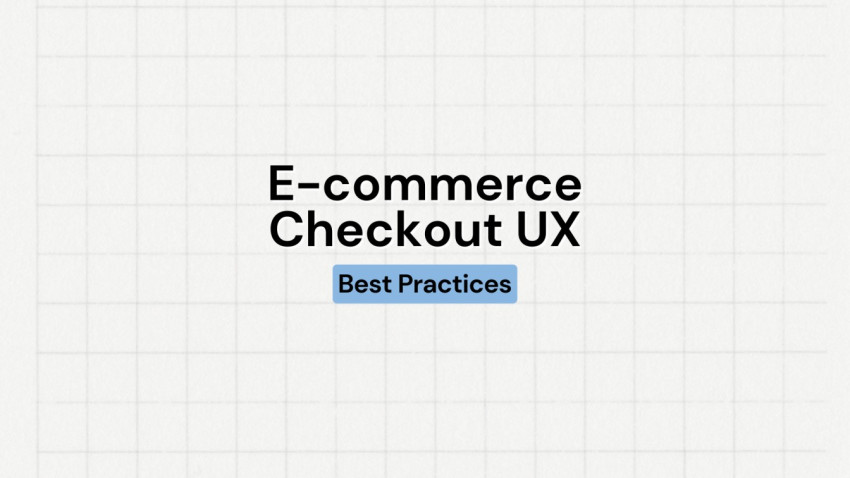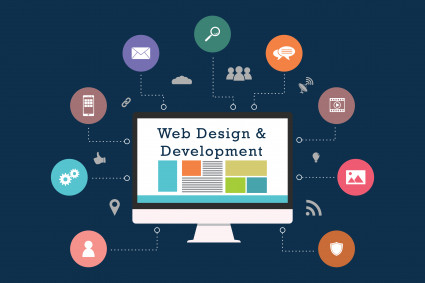
The e-commerce checkout process plays a pivotal role in converting potential customers into paying ones. A seamless and user-friendly checkout experience can significantly impact conversion rates and customer satisfaction. In this comprehensive guide, we'll explore 10 UX best practices to optimize the e-commerce checkout flow.
E-commerce Checkout Process Steps:
View Cart/Bag: Show users their selected items with product details and pricing. Use clear CTAs for checkout or continuing shopping.
Login/Register: Make login/register seamless. Consider social login or guest checkout to reduce friction.
Shipping Information: Collect accurate shipping details with clear form fields and autocomplete. Display shipping costs upfront.
Billing Information: Efficiently collect billing details. Implement auto-detection for credit card types and validate inputs in real-time.
Review Order: Allow users to review order details before finalizing. Include editable fields and a clear summary of the total cost.
Payment Method: Offer various payment options to accommodate preferences. Ensure a secure payment process to build trust.
E-commerce Checkout Best Practices:
Simplify Form Fields: Only request essential information to streamline the checkout process and enhance the user experience. Avoid unnecessary questions to make the purchase process straightforward for customers.
Clear Calls to Action: Use strong and compelling CTAs like "Order now" to prompt users to complete their purchase. Ensure CTAs stand out visually and guide users through the checkout process seamlessly.
Progress Indicators: Implement progress bars to give users a visual representation of their progress through the checkout process. Progress indicators enhance the user experience and boost conversion rates by providing transparency and reassurance.
Guest Checkout Option: Offer a guest checkout option to streamline the purchase process and eliminate the need for users to create an account. Prioritize the user experience by reducing friction and saving customers valuable time.
Trust Signals: Build trust with customers by incorporating trust signals such as customer reviews, testimonials, and security badges. These elements reassure customers and enhance confidence in the checkout process.
Auto-fill and Real-time Validation: Introduce auto-fill and real-time validation features to save customers time and reduce errors during checkout. These features enhance the user experience and contribute to a smoother checkout process.
Visual Simplification: Use clear visuals and logos to simplify the checkout process and guide users through each step. Visual cues help users navigate the checkout process intuitively, reducing cognitive load and preventing confusion.
Mobile-Friendly Design: Optimize the checkout process for mobile devices to accommodate the increasing number of mobile transactions. Ensure text is legible and buttons are easily clickable on smaller screens to enhance the user experience.
Multiple Payment Options: Provide a variety of payment options to cater to diverse user preferences and build trust. Ensure all payment options are available on the payment gateway with their respective logos to instill confidence in the checkout process.
In conclusion, optimizing the e-commerce checkout flow is crucial for boosting conversions and enhancing user satisfaction. By implementing the outlined UX best practices, businesses can create a seamless experience that encourages users to complete purchases with ease. Continuous refinement based on user feedback and data insights is key to ensuring long-term success and customer loyalty.



